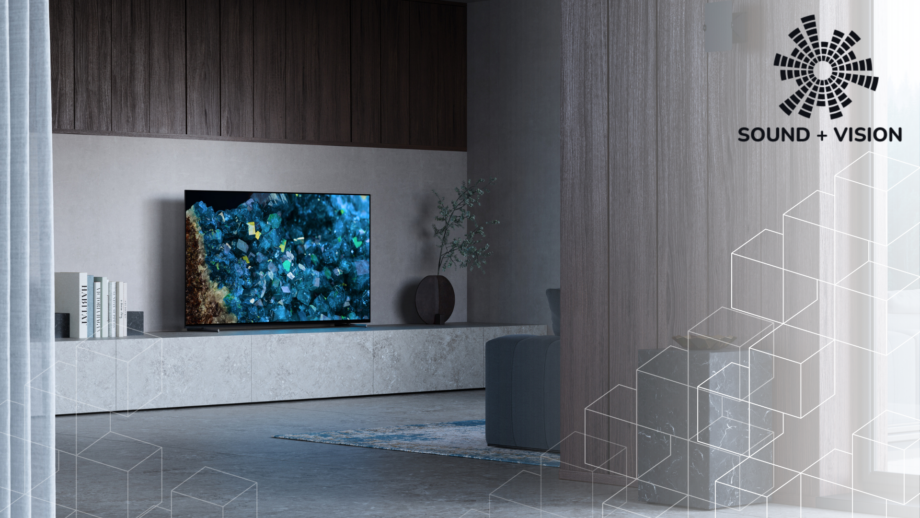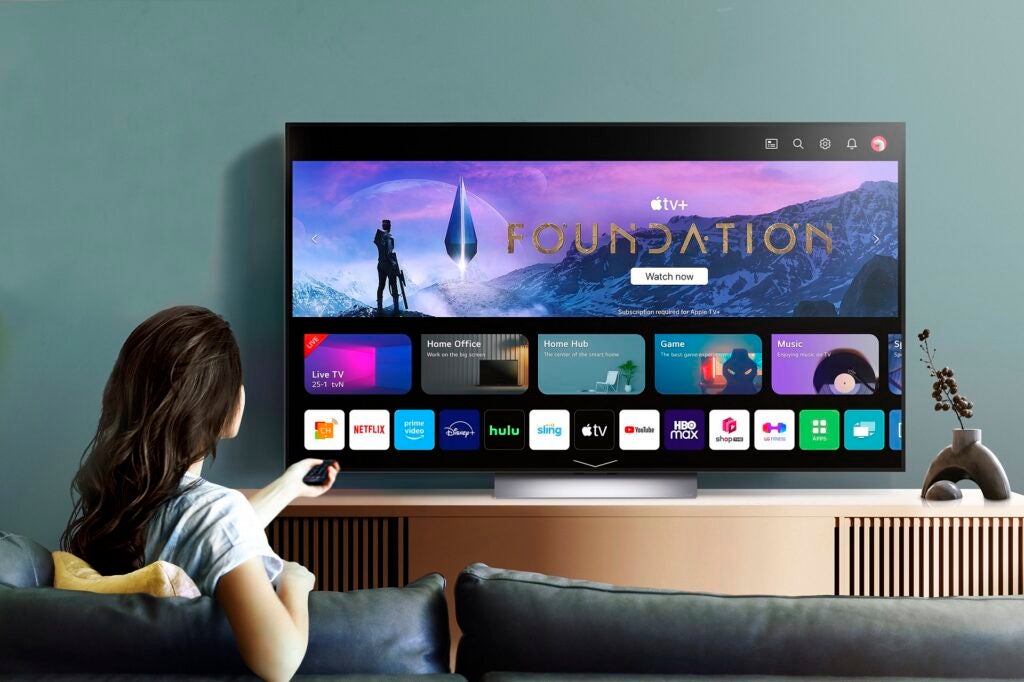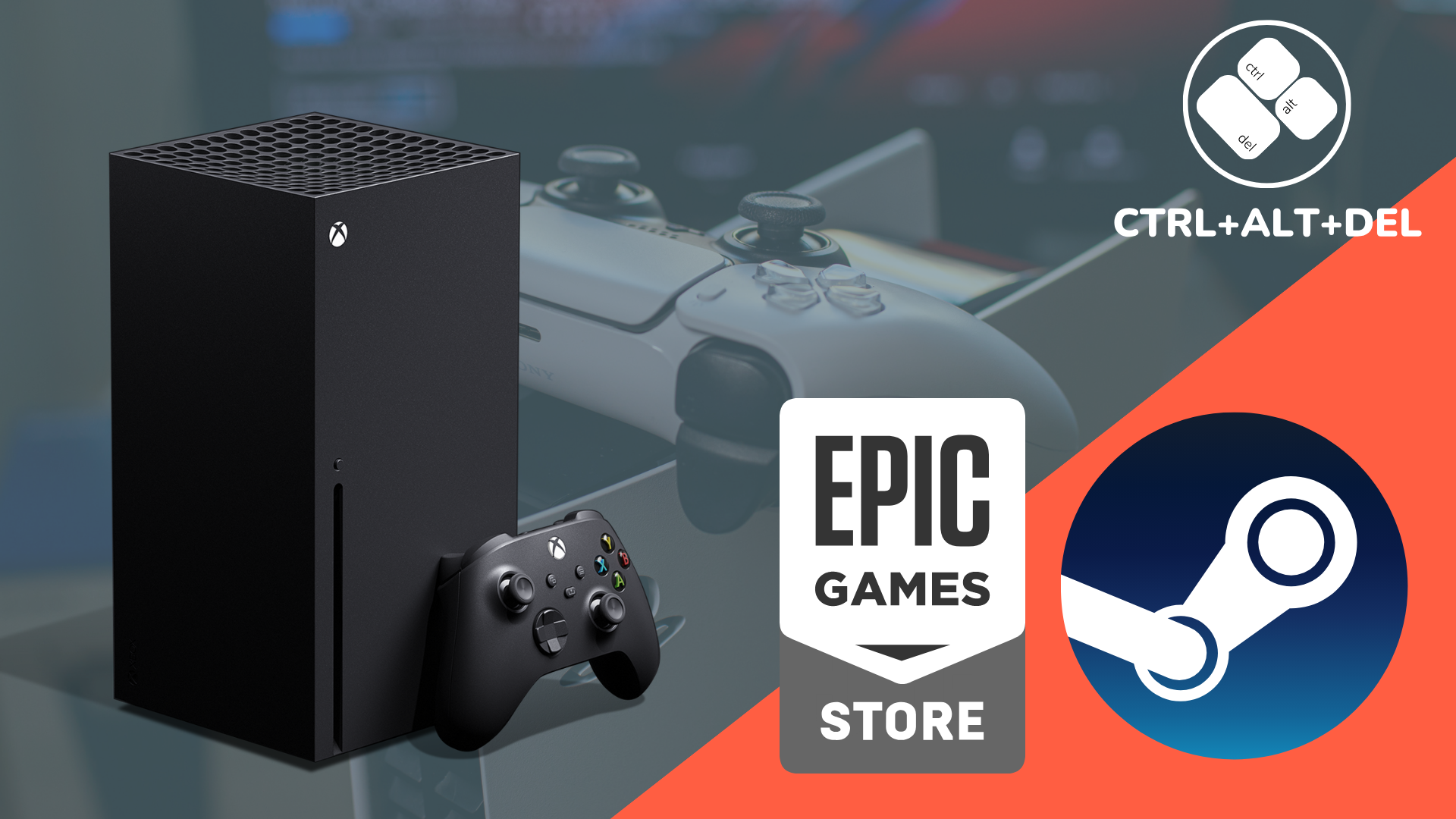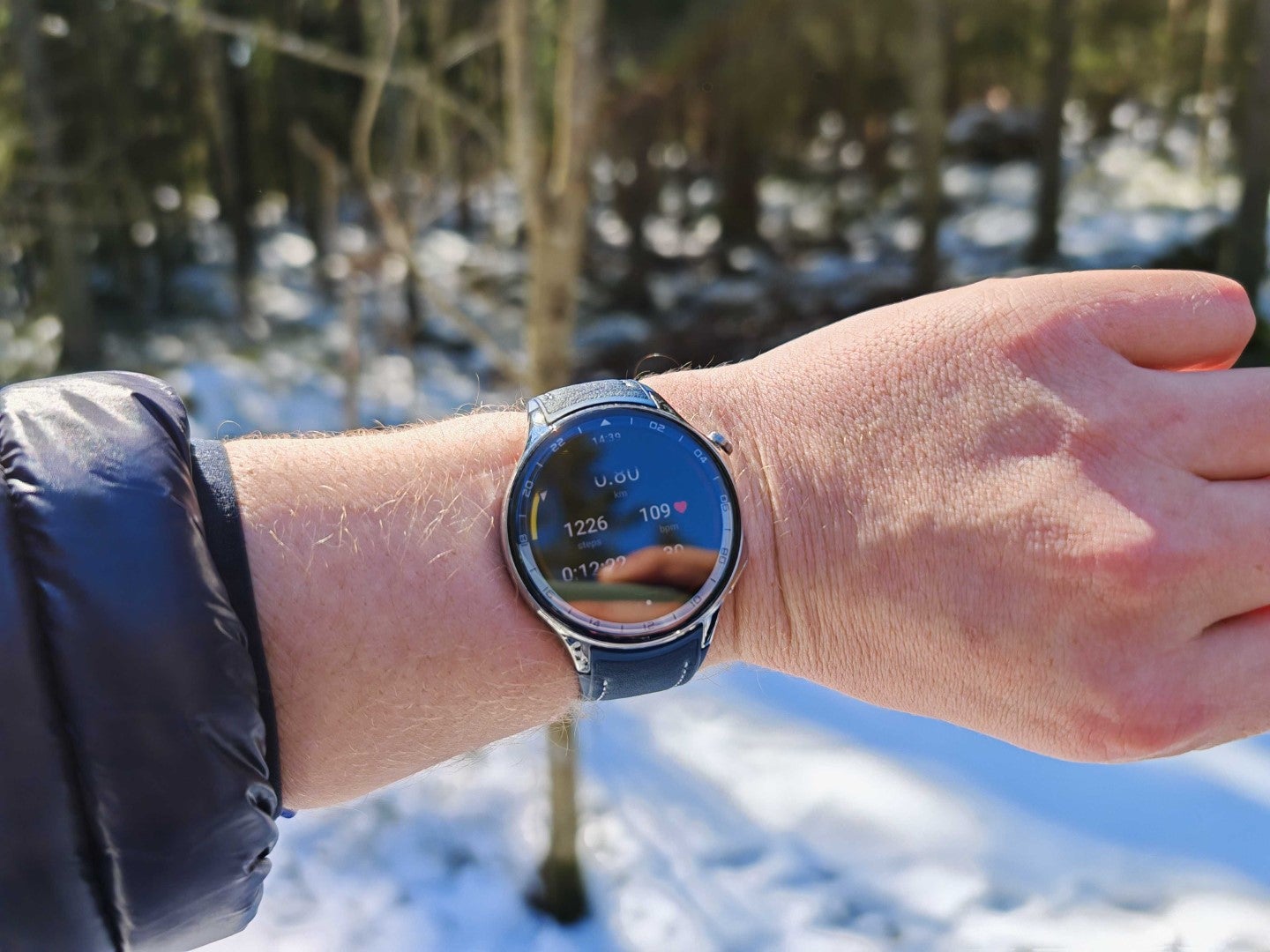Sound and Vision: Sony’s 2023 TV pricing makes it too easy for LG

OPINION: History would imply that Sony has always believed high quality products merit a premium price. If you want the best, you better be prepared to pay for it.
That’s not to say the word ‘affordable’ is anathema to them – it releases plenty of good quality products such as the WH-CH520 on-ears which are aimed at those who pinch their pennies but when it comes to premium products, the pricing is arguably too steep.
This has been the case with the company’s TVs for the past several years. Sony’s TVs have often commanded a premium over their rivals – even the cheaper sets are relatively more expensive – and this is despite the features/specification of these TVs generally being less extensive. I’m not talking about the performance of these TVs – in that sense, Sony is more than a match (if not better) with regards to picture and sound but the pricing makes them rather inaccessible.
To go all 90s and twist my cap so it’s back to front and all cool-looking, back in the day Sony was at the top of the TV tier list – it seemed as if everyone had a Bravia TV (my family had a JVC, but I digress). Sony, and Japanese TV brands in general, felt as if they were the go-to companies people shopped with for quality.
Now things have changed. Competition among TV brands is fierce: Samsung, LG, TCL, Panasonic, Hisense, and Philips are battling against Sony in the UK, with Vizio being a rival in the US. The market is fragmented, consumers have more choice and Sony isn’t enjoying as much success as it once did. This is reflected by the latest research conducted by Omdia where Sony came seventh for worldwide market share.
Prices of TVs have fallen due to the influx of cheaper screens from Chinese firms to the point where Samsung Display ceased production of LCD panels in 2022, and LG Display is scaling down. Profit margins are tight, as TV brands make the move to premium display technologies such as 8K, QD-OLED and MLA OLED to keep prices high.
Understandably there are brands such as Sony that don’t want to drop prices to the point where the TVs are devalued, but a fine balance needs to be struck in providing performance and value, and it’s on that line where I feel Sony finds itself on the wrong side.

Take the recently announced pricing for the A84L OLED (which is essentially the same as the A80L model). Its more obvious competitor is LG’s C-series OLED, which is its most popular and best-selling OLED. In each size (except for the 83-inch model), Sony’s OLED is more expensive, the difference being as small as £100 or as large as £500.
All the main console and PC features are supported by LG, making Sony look miserly in comparison. Sony puts its eggs in the PS5 basket, but the problem with this type of synergy is that you have to be quick to take advantage of emerging tech. Sony has never been the quickest adopter, while LG has been eager to bring in new tech (Dolby Vision Gaming) to be the market leader, leaving Sony lagging behind.
Throw in 4K/120Hz support across the C-series’ HDMI inputs, Dolby Vision IQ and cloud gaming support, and regardless of whether Sony offers better picture and sound, LG is not only pitched at a more affordable price, but offers more value whether you’re an avid film fan, gamer or TV watcher. The likes of Samsung and LG are constantly iterating, and it creates this perception of Sony standing still and if you’re standing still, you might as well be going backwards.
Sony needs to be more accessible, it needs to be the brand the average person thinks of first, and that usually starts with more competitive prices. Perhaps then, people will have a reason to choose Sony over others, instead of reminiscing about the company’s glory days in a 90s-infused fog of nostalgia.








